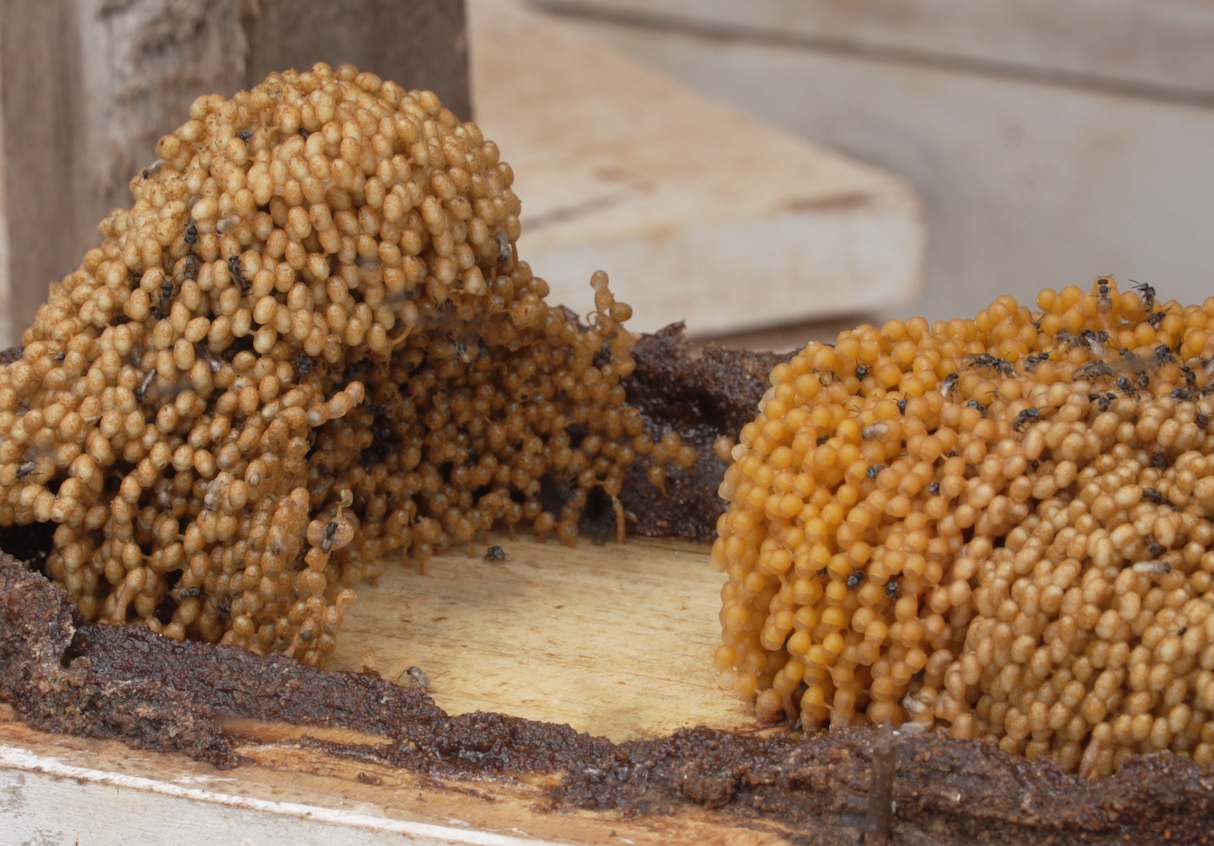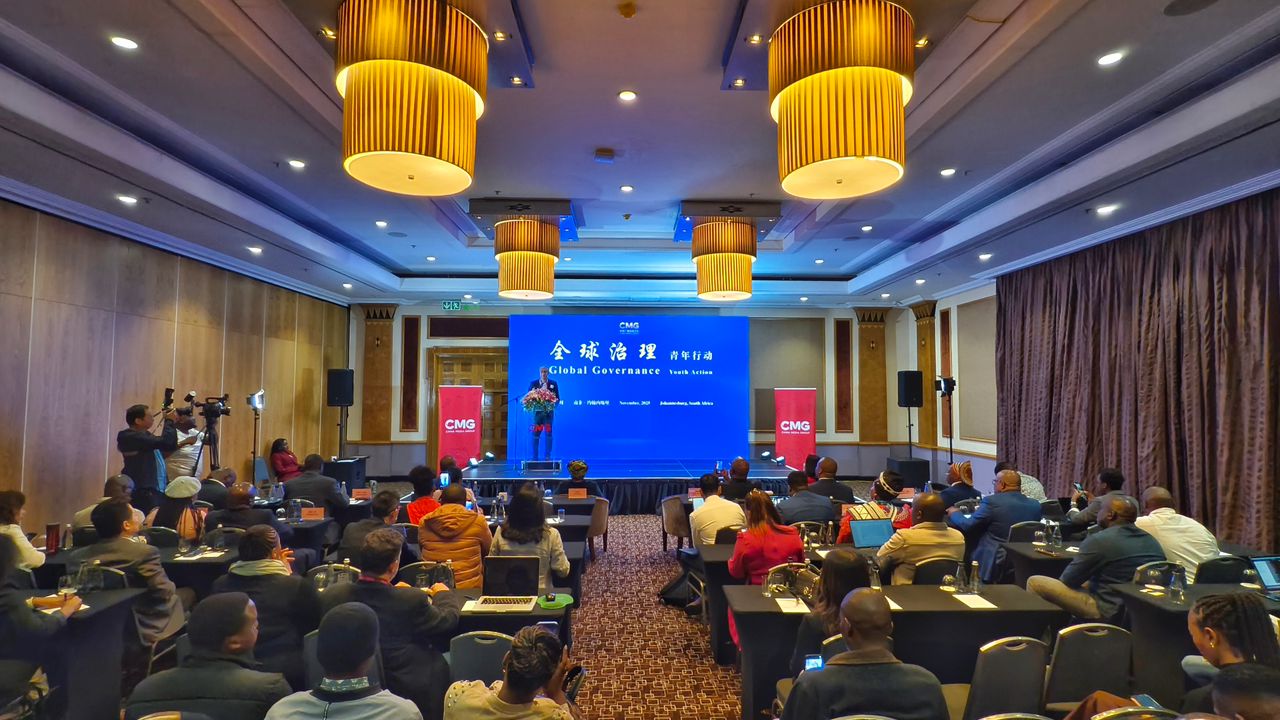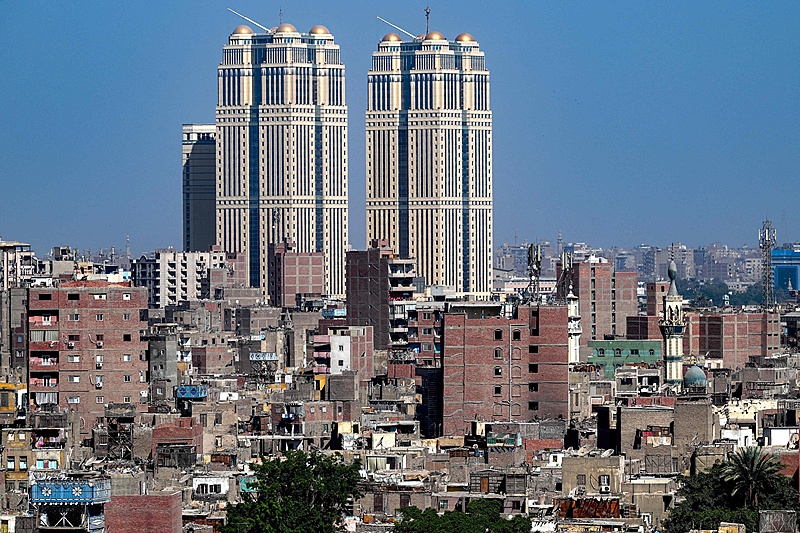TUTANKHAMUN’S SECRET: What lies in the hidden chamber?
Nicholas Reeves is yearning for Queen Nefertiti – even though Time, that ill layer-up of Beauty, took her chiselled features from the world more than 3,000 years ago!
In October 2015, high-resolution scans indicated passages to two hidden chambers behind King Tut’s burial chamber. Reeves believes the mausoleum was originally occupied by his step-mother Nefertiti, and that she has lain undisturbed behind a partition wall ever since.
He hopes to continue his investigations.
“I think it makes sense to follow this trail right to the end, you know. As I said right at the beginning: I could be completely wrong, this could be, this could be nothing, just a wild goose chase, but on the other hand, if it’s not a wild goose chase, if there is another chamber there, if it’s another storage chamber of Tutankhamun – fantastic.” said Nicholas Reeves, British Egyptologist
Reeve’s antagonist in this is former Egyptian Minister of Antiquities, Zahi Hawas. He spoke after a three-day conference – attended by local and international Egyptologists and archaeologists – that ended on Sunday mired in debate about scans conducted by a Japanese team.
“The Japanese radar never said anything, and therefore no radar in the world can say there’s organic material behind the wall, it never happened. Therefore what has been said about the discovery of Nefertiti inside the tomb of Tutankhamun is not correct. This tomb in my opinion was made for Ay who took the throne after King Tut, and maybe because of the sudden death of Tutankhamun, maybe they put a wall, to shrink the two, but there’s nothing behind this wall”. said Zahi Hawas, Former Antiquities Minister
Nevertheless, he IS willing to give Reeves another shot at proving his theory.
Officials have ruled out any investigation through destruction of the tomb walls, though they MIGHT allow for a one-inch hole to be drilled.
Discovery of Nefertiti, whose regal glamour was immortalised in a 3,300-year old bust now in a Berlin museum, would shed fresh light on what remains a mysterious period of Egyptian history.
It could also be a boon for Egypt’s ailing tourism industry, which has suffered near endless setbacks since the uprising that toppled Hosni Mubarak in 2011 and which is a vital source of foreign currency.







